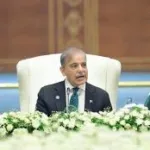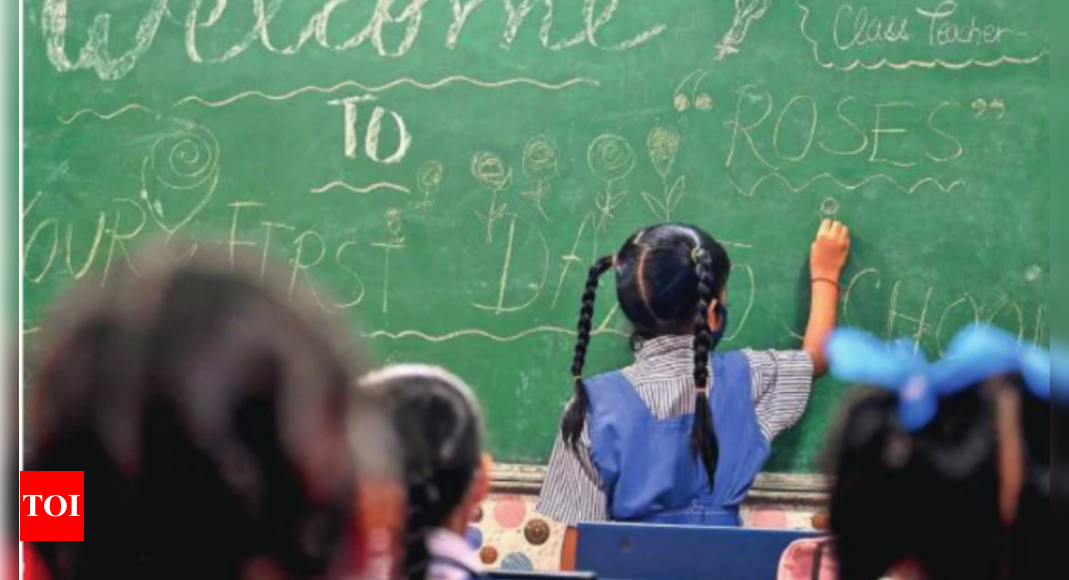National Educational Policy (NEP2020) and its Three Language Formula They have revived a long -standing debate, particularly between the center and Tamil Nadu, which has its roots in the language controversy that dates back to the 1960s when the State opposed the “imposition of the Hindi” as a mandatory language. While the center states that the policy promotes multilingualism, TN argues that it presses states that do not speak Hindi. The Times of India examines the history of the three -languages formula and the accusations of Hindi imposition.
Evolution of the Three Language Formula
The formula was first proposed by the Education Commission (1964-66), officially known as the Kothari Commission, and was officially adopted in the National Education Policy (NPE) 1968 under the then Prime Minister Indira Gandhi. He was reaffirmed in NPE 1986 under the then Prime Minister Rajiv Gandhi and reviewed in 1992 by the Government of Congress led by Narasimha Rao to promote linguistic diversity and national unity.
The commission, chaired by physicist Dr. Daula Singh Kothari, recommended learning three languages:
- Mother tongue or regional language
- Official Language of the Union
- A modern Indian or European language, which are not the first two
NPE 1968 Ordered: In secondary stage, state governments should adopt … which includes the study of a modern Indian language, preferably one of the languages of the south, apart from the Hindi and English in the Hindi -speaking states, and Hindi together with the regional and English language in the states that are not Hindini.
NPE 1986 and its 1992 review reinforced this policy, emphasizing “a general consensus between states on the use of Hindi as a link language seems necessary. The effective implementation of the three -languages formula is also necessary to promote an adequate level of competence in the use of Hindi among people.”
The 1992 policy observed: “The implementation of this part (three languages) of the 1968 policy, however, has been unequal. Politics will be implemented more energetically and determined. “
NEP 2020: Is Hindi imposed?
No. In fact, NEP 2020 allows more flexibility while ensuring that specific language is not imposed. He states: “The three -languages formula will continue to be implemented while the constitutional provisions, the need to promote multilingualism and promote national unity. However, there will be greater flexibility, and no language will be imposed on any state. “
NEP 2020 argues that “the three languages learned by children will be the elections of states, regions and, of course, the students themselves, provided that at least two of the three languages are native to India.” This guarantees the autonomy of the State while promoting linguistic diversity and national unity.
Why the focus on learning in the mother tongue?
NEP 2020 cites the global experience to argue that the instruction of the native language improves understanding, retains culture and helps students perform better. “Children learn and understand non -trivial concepts faster in their language of origin/mother tongue.”
UNESCO supports this, declaring in ‘Education in a multilingual world’: “The instruction of the mother tongue is essential for initial instruction and literacy and must be extended to a later stage in possible education.”
Frame of the National Study and Language Study Plan
NCF has constantly admitted the formula of three languages:
NCF 2023: “The formula of three languages must continue to be implemented while the constitutional provisions, multilingualism and national unity are being carried out.”
NCF 2005: “The multilingual R racter of Indian society should be seen as an resource for the enrichment of school life.”
NCF 2000: “The formula of three languages, which is the result of a national consensus, must be implemented in its true spirit that promotes multilingualism and national harmony.”
TN rejection
The state has historically opposed the language formula. In 1937, the Government of the Congress of C Rajagopalachari introduced Hindi mandatory in schools, generating generalized protests led by the Justice Party and Dravidian leaders such as periyar. The policy was revoked in 1940, but anti-Hindi feelings grew after independence.
When the formula of three languages was introduced in 1968, TN rejected it, seeing it as Hindi imposition. Under Prime Minister CN Annurai, the State adopted a two -language policy (Tamil and English). TN remains the only state that has never implemented the formula of three languages, preferring English about Indian languages, both Hindi and regional.
Fresh trigger
The TN refusal to implement important characteristics, the NEP, mainly, the formula of three languages, has resulted in the Center for the Release of RS 573 million central assistance for education under the Samgra Shiksha Abhiyan. The rules require that the states comply with the NEP guidelines to access the financing of SSA, of 60%, in case of a state like TN, it comes from the center.
Released in 2018, Samagra Shiksha Abhiyan has strengthened under the NEP 2020 with emphasis on experimental learning and fundamental literacy.
The SSA financing structure varies according to the category of States and union territories. For the general states and UTS with legislatures, 60% of the funds are covered by the center. Northeast and Himalaya states receive 90% of central funds. UTS without legislatures receive full funds, with 100% covered by the center.




